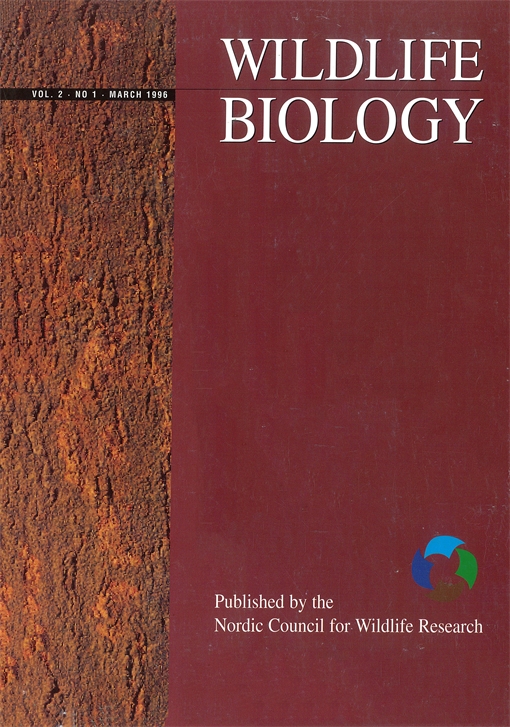A recent increase in the area open to hunters in the Swedish mountains has directed attention to the possibility of overharvesting and greater wildlife disturbance. Using radio-telemetry, the movements of willow grouse Lagopus lagopus in a heavily hunted area were compared to movements in areas where hunting was prohibited. Although hunter density was higher than the regional average, no significant differences in movements, measured as rate or distance, between grouse in hunted and unhunted areas were found. Willow grouse did not move out of the hunted area, a common belief amongst many hunters. Seasonal migration was not induced by deliberate human disturbance. It is suggested that grouse reduce the risk of being killed by habitually moving within a familiar area with known escape sites (cover). Neither hunting, deliberate flushing or catch and release caused a change in the movement patterns of willow grouse. It is suggested that such disturbances were perceived as part of a naturally unpredictable predator environment, and not sufficient to alter grouse movements.
How to translate text using browser tools
1 March 1996
The effects of hunting on willow grouse Lagopus lagopus movements
Gert E. Olsson,
Tomas Willebrand,
A. Adam Smith

Wildlife Biology
Vol. 2 • No. 1
1996
Vol. 2 • No. 1
1996
disturbance
harvesting
hunting
Lagopus lagopus
movements
radiotelemetry
willow grouse




